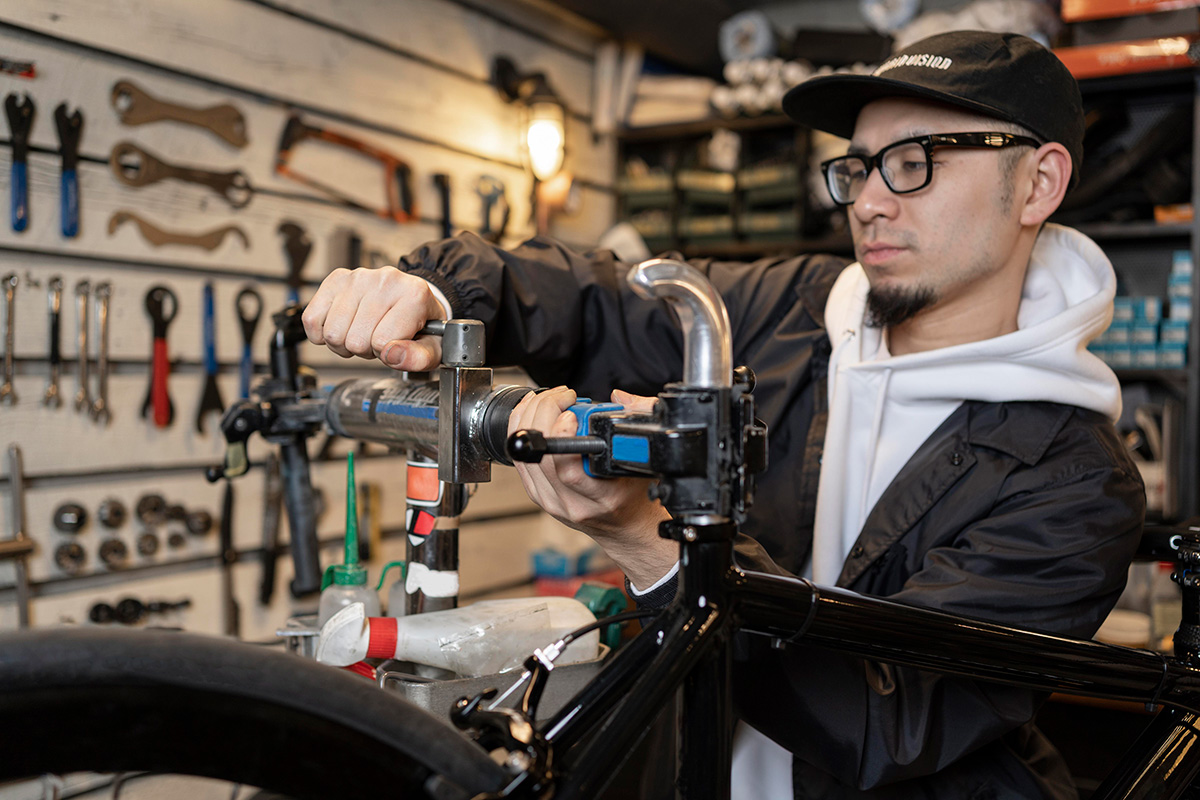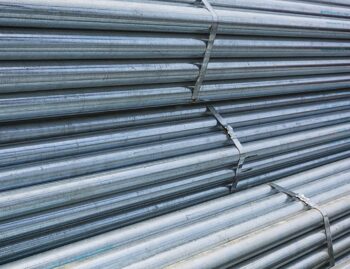
The valves of #aguja are essential devices in systems handling liquids or gases, and their proper maintenance is essential to ensure optimal and safe operation. In this explanation, I will address the following aspects:
Introduction to needle valves:
Needle valves are particularly useful when precise control of flow is required. 1TP5Fluids o #gases. Its design with a conical needle that fits into a cone seat allows for gradual and precise flow regulation.
These valves are used in a wide variety of applications, such as laboratories, industry, foodstuffs processing, foodstuffs processing and foodstuffs processing. 1TP5Chemistry, #petrochemistry, 1TP5Food processing, 1TP5Steam systems, 1TP5Process control systems, # Process control systemsamong others.
Importance of maintenance:
Proper maintenance is essential to prevent unexpected failures and ensure system integrity. Lack of maintenance can lead to problems such as leaks, malfunctions and safety hazards.
Steps for the maintenance of needle valves:
- Visual inspection:
During visual inspection, look for corrosion, erosion, wear on sealing surfaces and any evidence of leakage. Make sure there are no obstructions or contaminants on moving parts.
- Dismantling:
When disassembling the valve, follow a logical order and document the process. This will facilitate reassembly and ensure that all parts are in place.
Be sure to perform this task in a safe environment, following proper safety guidelines.
- Cleanliness:
Clean all parts thoroughly with suitable solvents to remove any residue. Avoid scratching or damaging sealing surfaces.
Use soft brushes and tools to remove dirt build-up in hard-to-reach areas.
- Replacement of worn or damaged parts:
Some parts, such as the needle and seat, may wear over time due to friction and erosion. Replace them if necessary to maintain optimum valve performance.
Use quality replacement parts compatible with the manufacturer's specifications.
- Reassembly:
When reassembling the valve, make sure that all gaskets and seals are in place and well lubricated.
Tighten the connections according to the manufacturer's specifications to avoid leakage.
- Functional tests:
After reassembly, perform function tests to ensure that the valve opens and closes properly and that there are no leaks in the system.
Preventive maintenance programme:
Establish a regular schedule for preventive maintenance of needle valves based on manufacturer's recommendations and service conditions.
This may include annual inspections, quarterly cleaning and replacement of parts every few operating cycles.
Security:
When working with needle valves, follow all safety regulations for your industry. This includes wearing personal protective equipment and performing maintenance on depressurised systems.
Documentation:
Keep detailed records of every maintenance task performed on each valve, including dates, test results and any replacement parts. This is essential for tracking maintenance history and identifying recurring problems.
The maintenance of needle valves involves a number of critical steps ranging from initial inspection to detailed documentation of the activities performed. A systematic and careful approach is essential to ensure that these valves operate reliably and safely in a variety of industrial and laboratory applications.
